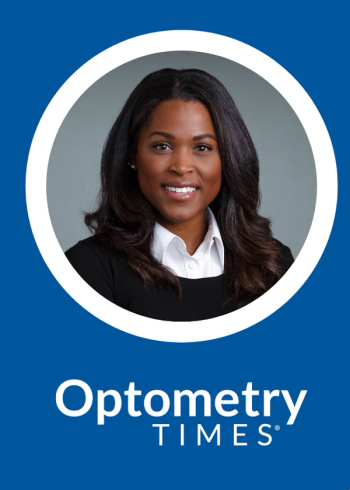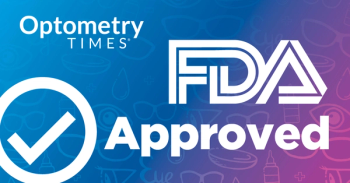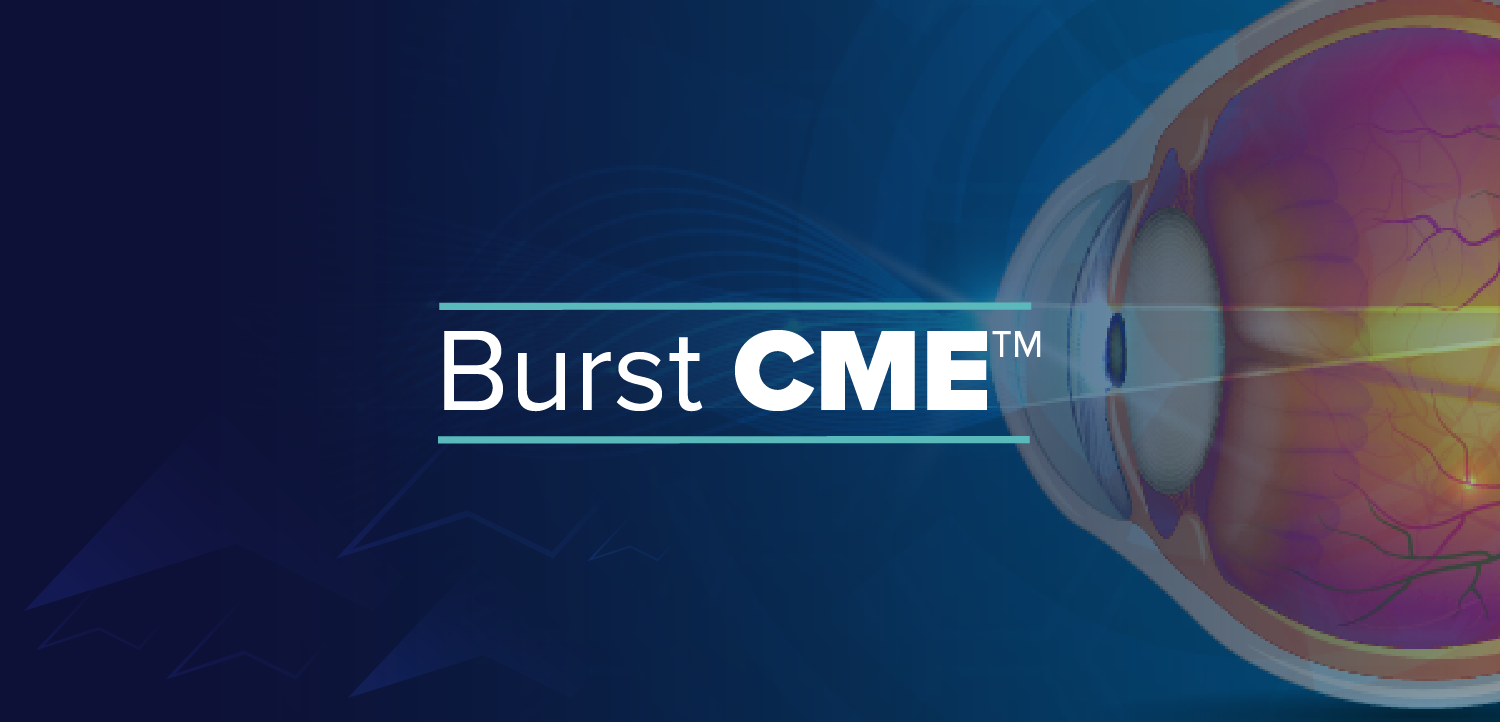
- July/August digital edition 2025
- Volume 17
- Issue 04
Takeaways from the 2025 American Optometric Association Optometry's Meeting
Optometry's Meeting hosted an array of eye care professionals in Minneapolis, Minnesota, from June 25 to 28, 2025.
Although nearly every eye care conference can promise new data, fresh takes on clinical problems, and high-quality education, the annual Congress of the American Optometric Association and World Council of Optometry are the only associations to claim the titles of Optometry’s Meeting and World Congress of Optometry. As leaders in the optometric industry convened in Minneapolis, Minnesota, from June 25 to 28, 2025, conversation flowed, business moves were discussed, and nearly everyone visited the same hotel lobby for a drink or two. Between sessions, the Optometry Times team caught up with some key opinion leaders, and here are some of the highlights from the meeting.
First-ever Innovation Hub highlights strides made in technology, AI in eye care
In its debut year, the AOA Innovation Hub encouraged conversation between clinicians, tech titans, start-ups, and industry reps about the road ahead for technology and artificial intelligence (AI) in eye care. Moderated by Scot Morris, OD, the Innovation Hub was split into 3 panel discussions on assessing future health through AI-enabled tools, addressing patient workflow challenges through AI, and enhancing treatment through new technologies.
"This isn't just another summit—it's a call to action to challenge your perspectives, engage with these industry titans and be at the forefront of the evolution of eye care," Morris said.
Nora Lee Cothran, OD, FAAO, moderated the final session on enhancing treatment through new technologies. When speaking to Optometry Times, she said, “The Innovation Hub represents more than just technological advancement; it symbolizes the profession's progressive spirit.”
Myopia management and AI continue to dominate conversations
When in and around optometrists, the topic of myopia is bound to come up. Optometry’s Meeting delivered quite a few thought-provoking educational courses on the topic. Ashley Wallace Tucker, OD, FAAO, FSLS, Dipl ABO, delivered an eye-opening joint lecture on dry eye disease and myopia management in pediatric patients, alongside former student and fellow optometrist Kaleb Abbott, OD, MS, FAAO. In a profession where dry eye is largely viewed through an adult lens, Tucker encourages optometrists to turn more attention toward younger patients, particularly those undergoing myopia treatment.
Langis Michaud, OD, MSc, FAAO, FSLS, FBCLA, FEAOO, a professor at the Université de Montréal School of Optometry, delivered a passionate discourse on the critical importance of comprehensive teamwork in myopia management. He emphasized that managing myopia is not solely the optometrist's responsibility, but a collective effort involving every staff member, starting with the front office personnel. The key message is that myopia should be treated as a genuine disease, not merely a refractive error, as recognized by the National Academy of Sciences. Michaud stressed that controlling myopia is about protecting children's future vision and quality of life, potentially preventing significant pathological complications that could lead to blindness.
Carolyn Majcher, OD, FAAO, presented a collaborative discussion with her colleague Mary Beth Yackey, OD, about retinal complications associated with high myopia. Their presentation focused on the importance of understanding and managing potential vision-threatening conditions in patients with significant myopic refractive errors. The presentation comprehensively explored several key retinal complications commonly observed in patients with high myopia, such as retinal tears, rhegmatogenous retinal detachment, foveal schisis (myopic traction maculopathy), and myopic choroidal neovascularization. Despite neither presenter personally practicing myopia management, they strongly emphasized its potential to prevent serious retinal and glaucomatous complications.
Novelty in contact lenses made a big splash
Johnson & Johnson's new lens, Acuvue Oasys MAX 1-day multifocal toric, addresses a significant challenge in eye care: patients with aging eyes who previously had limited contact lens options. Traditionally, as patients developed astigmatism and presbyopia, they were often told they could no longer wear contact lenses, leading to lens dropout and patient dissatisfaction. These innovations mark significant progress in daily disposable contact lens technology, offering patients more comprehensive vision solutions in a healthier, more comfortable platform.
Karen R. Hoffman, OD, presented 3 cases in which patients with complex corneas were fitted with customized scleral lenses (Zenlens; Bausch + Lomb); in the end, each patient achieved 20/20 vision, was happy with their vision, and was able to wear the lenses comfortably for extended periods. Hoffman's poster, which is titled "Utilization of customizable toric peripheral curves to optimize scleral lens fit and vision outcomes in patients with irregular astigmatism and corneal complexities," showcased the clinical work of herself; Cian Gildea, BscOptom; and Boris Severinsky, OD, FAAO, FBCLA, FSLS.
Additionally, Doerte Luensmann, PhD, Dipl Ing (AO) FAAO, senior clinical scientist at the Centre for Ocular Research & Education (CORE) at the University of Waterloo, presented a poster that earned distinction as one of the top 5 of the year. The poster, entitled "Coverage of ametropia with a planned replacement soft contact lens portfolio," was presented by Luensmann; Jill Woods, MSc, MCOptom, FAAO, FBCLA; and Lyndon Jones, BSc, PhD, DSc, FCAHS, FCOptom, DipCLP, DipOrth, FAAO, FIACLE, FBCLA. The research focused on the prescription coverage capabilities of the Bausch + Lomb ULTRA contact lens portfolio and its ability to meet the needs of a broad patient population.
Holistic wellness as eye care – and how to intervene in dangerous situations
Jessilin Quint, OD, MBA, FAAO, co-owner of Smart Eye Care in Maine, delivered a compelling lecture on the intersection of wellness, nutrition, and ocular health. Her talk explored the emerging trends in preventive eye care and the critical role of nutritional supplements in maintaining optimal eye health. Quint addressed the growing patient interest in supplements, highlighting the importance of understanding the beneficial and potentially harmful effects of various nutritional compounds on eye health.
Cothran delivered a presentation titled "Hello Darkness, My Old Friend: A Mental Health Primer for the Optometric Physician." Her primary objective was to educate optometrists about mental health, focusing on depression, anxiety, suicide, and intervention strategies.
Finally, Kristin Adams, OD, and social worker Colleen Onstad, MSW, LICSW, highlighted at Optometry’s Meeting 2025 how optometrists are uniquely positioned to spot signs of domestic violence, particularly through ocular and head injuries like TBIs, repeated facial trauma, and inconsistent histories. They emphasized the need for private, empathetic conversations, patient consent, and close collaboration with social services to make timely referrals, which was illustrated by a case where optometry intervention led to a survivor’s recovery. With only a small fraction of survivors seeking medical care, optometrists can play a crucial role in identifying abuse and helping break the cycle through proactive, integrated care.
Articles in this issue
3 months ago
Myopia is an escalating global health crisis3 months ago
Inside genetics and glaucoma4 months ago
Embracing dry eye4 months ago
A case of orthokeratology for high myopiaNewsletter
Want more insights like this? Subscribe to Optometry Times and get clinical pearls and practice tips delivered straight to your inbox.



















































.png)


